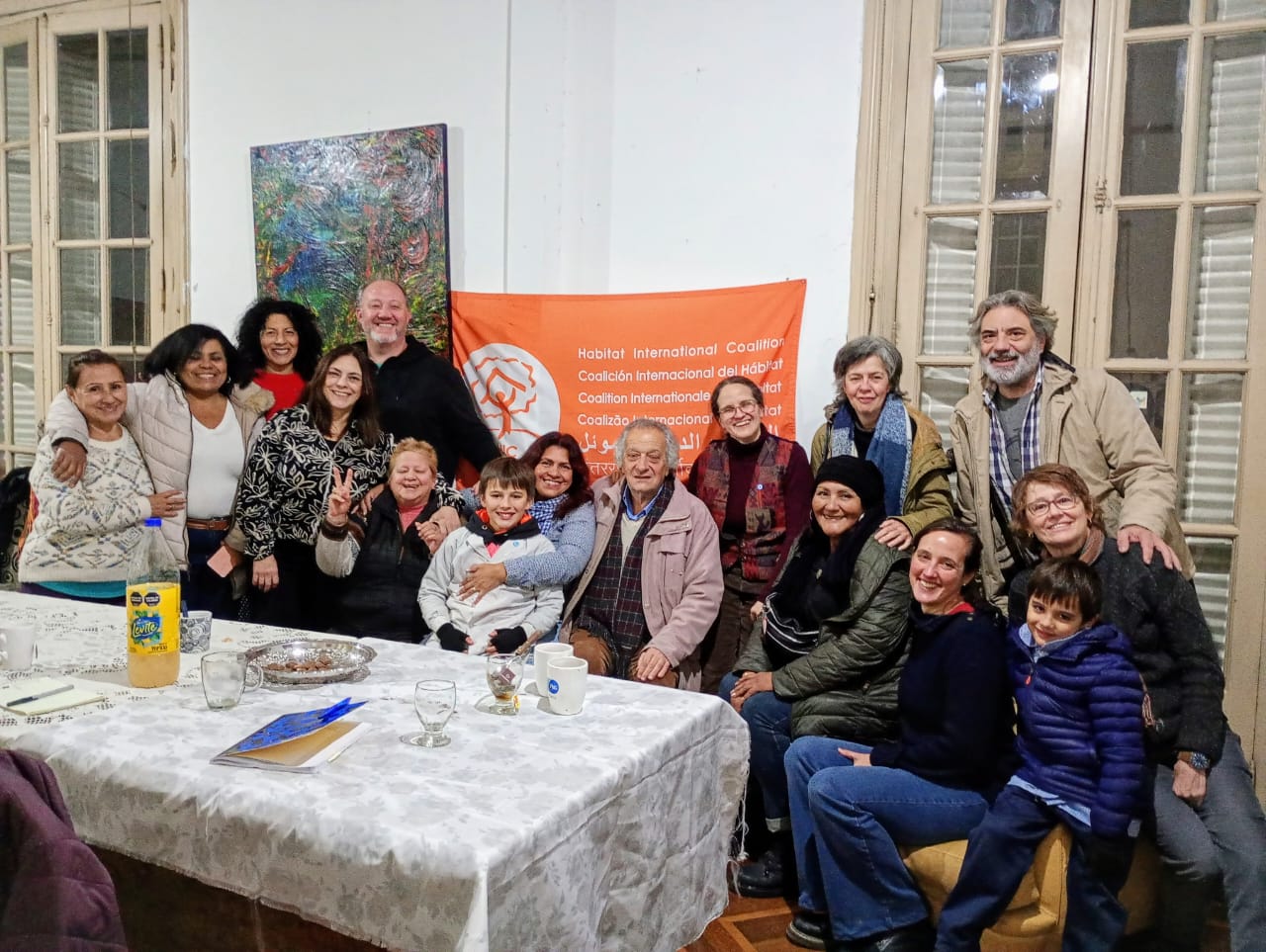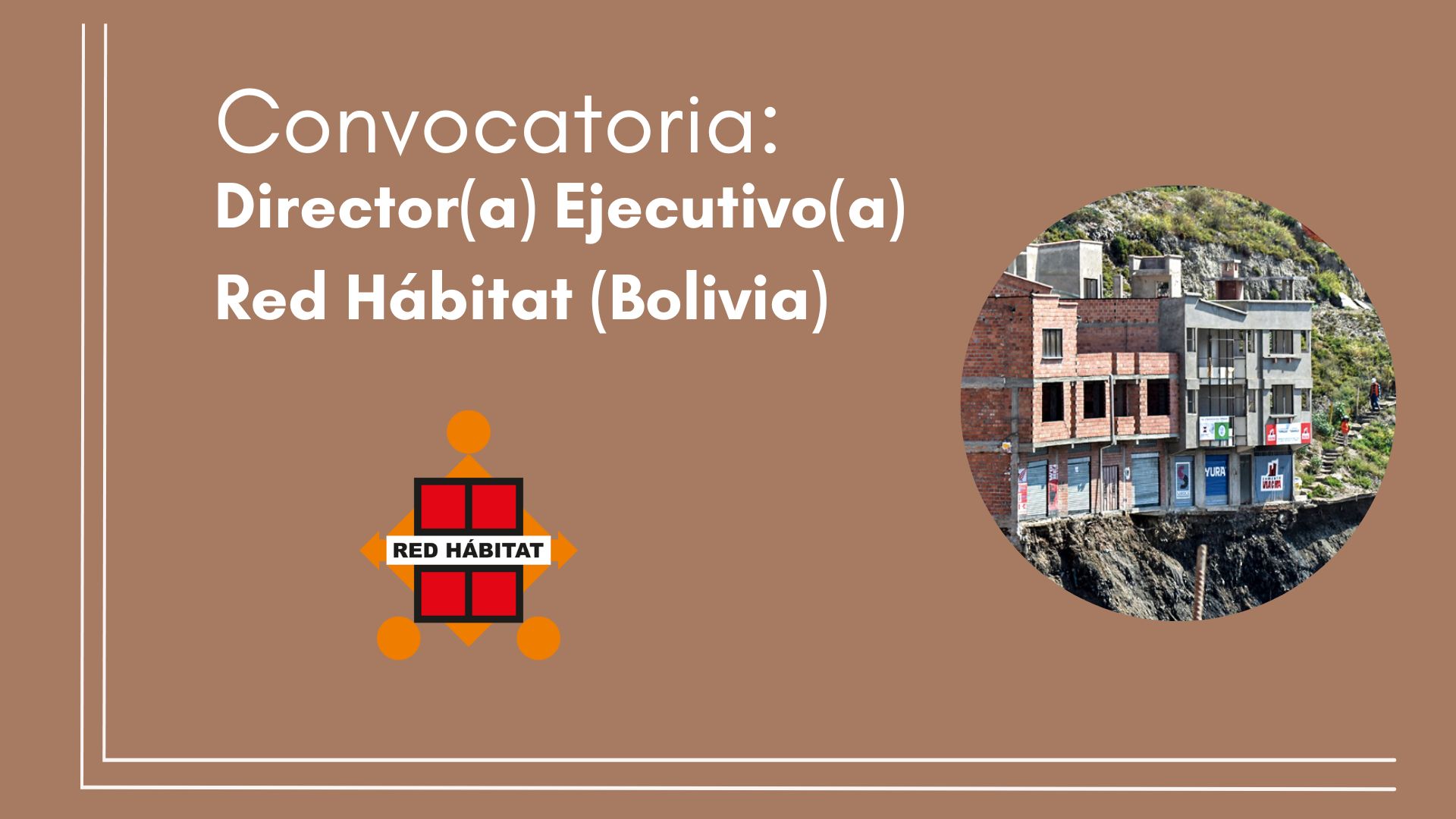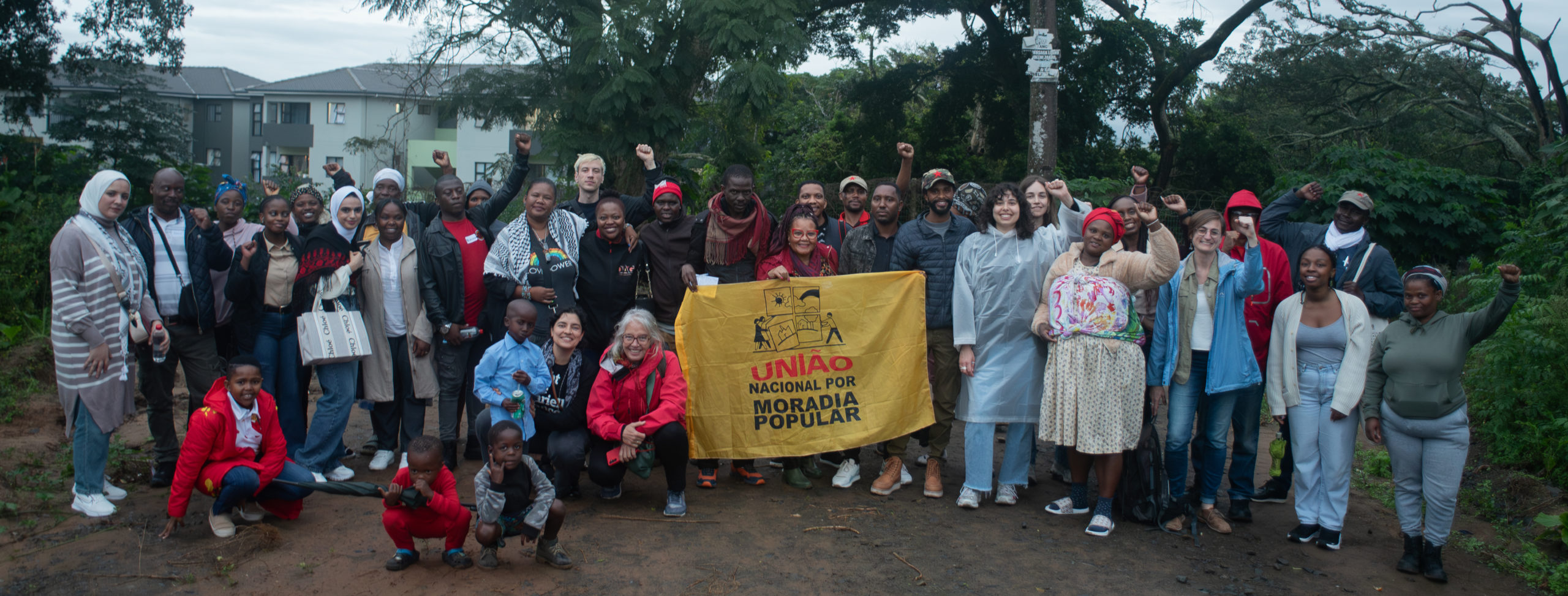
Canberra
in the fog: Australia’s capital has for the second year running topped the
OECD’s list of most liveable cities. Photograph: Auscape/UIG/Getty Images
What makes a liveable city? Having lots of nice parks, you
might think, a decent public transport system, good schools and hospitals,
great architecture, exciting nightlife, easy access to the countryside. These
are just some of the factors used by organisations who draw up annual lists of
“the most liveable cities in the world”. And yet somehow, they end up with Canberra.
This year, for the second year running, Australia’s
political capital was named the best city in the world by the OECD
(Organisation for Economic Co-operation and Development), a result that made
northern hemisphere observers wonder if, down under, they were looking at the
rankings upside down.
Canberra is a deathly place. It is a city
conceived as a monument to the roundabout and the retail park, a bleak and
relentless landscape of axial boulevards and manicured verges, dotted with
puffed-up state buildings and gigantic shopping sheds. It is what a city looks
like when it is left to politicians to plan.
So what other cities make it on to the rankings? The Economist Intelligence Unit
puts Melbourne in first place, followed by Vienna, Vancouver, Toronto, Adelaide
and Calgary. There is never any mention, on any list, of London or New York,
Paris or Hong Kong. There are no liveable cities where you might actually want
to live. It makes you wonder if their chief parameter is finding a place where
you won’t be disturbed from reading the Economist on a windswept plaza,
surrounded by the soulless wipe-clean charm of an identikit downtown.
Liveability, it seems, is defined by a total absence of risk or chance,
pleasure or surprise. It is an index of comfort, a guide to places where you
can go safe in the knowledge you’ll never be far from a Starbucks.
The one thing many of these cities have in common is that
they are places where Jan Gehl has worked his magic. The Danish guru
of streets and public spaces has made a career out of travelling the world to
whisper sweet nothings about pedestrianisation and pavement cafes into the ears
of enrapt mayors. He has become the patron saint of liveability.
This week he met up with his old chum Richard Rogers,
our own doyen of the public realm, along with Arup’s head of planning, Jerome
Frost, to discuss what makes a liveable city, at a Guardian Live event that I had the pleasure of chairing. At
78 and 81 respectively, Gehl and Rogers are titans of talking about how places
can be made better, having advised most global cities between them. They
dutifully conversed about the primacy of the bicycle, how cities should be for
people not cars, the importance of density and sustainability. Copenhagen was held up as the ultimate model, a
city that has been turned into a utopia for people and bikes over the last 50
years, in no small part due to Gehl’s pioneering work. He pointed out that it
consistently tops Monocle magazine’s
liveability list. His granddaughter can now walk all the way to
school without having to cross a road.
Rogers recounted the principles he set out in his landmark
white paper, Towards an
Urban Renaissance, published in 1999 as the product of the Urban Task Force he
chaired under New Labour, which has guided urban regeneration in the UK ever
since. Build on brown field land and build tall, he said; lure people back into
city centres with cultural buildings, flats and better public spaces; invest in
public transport and build over transport nodes.
Their
values are difficult to argue with: it’s all people-centred common sense, with
a good dose of al fresco dolce vita. Everything would be fine if everywhere was
a bit more like Siena.
“They said pedestrianisation would never
work in Copenhagen because we’re Danes not Italians,” said Gehl. “But now we’re
more Italian than the Italians.” A contented smile crossed his face.
Yet the nature of what has happened in
numerous cities, since both men set out their visionary stall 20 years ago or
more, is often a very different animal to what was espoused in their manifestos.
In their influential, highly seductive texts, there is rarely any mention of
questions of power and conflict, nor who or what will be driving the
development. There is no acknowledgement that their new city visions might come
at the cost of something else.
Take the holy grail of public space, held
up by both Rogers and Gehl as the ultimate good: plazas and piazzas in concrete
and granite are conflated with the abstract idea of the civic commons. “It’s
good for democracy if people can meet each other on the street,” said Gehl.
* To read more, click here.


